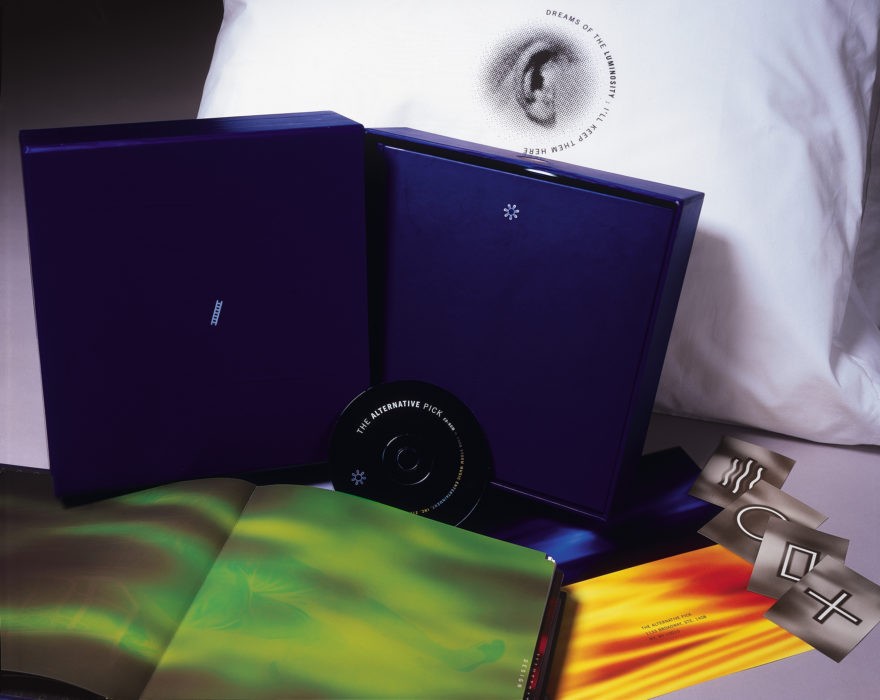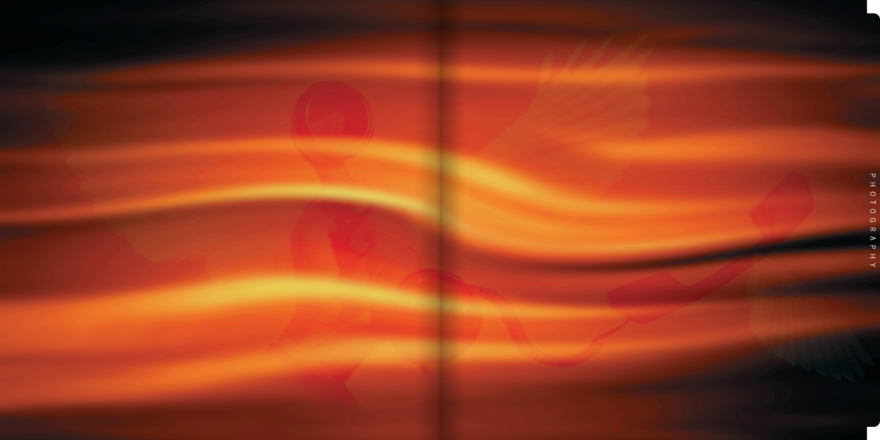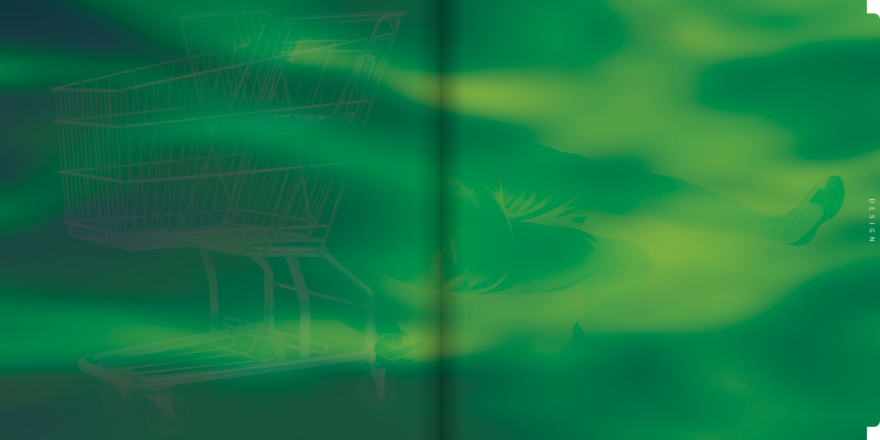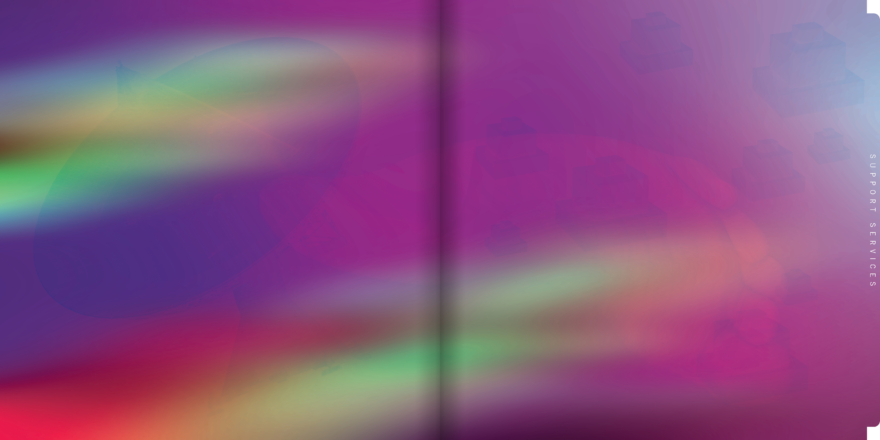The Alternative Pick, now a website, began in printed form as a creative sourcebook for the music and entertainment industries.
An appearance in its pages was an endorsement of one’s work and encouragement to continue in one’s career.
There were two tiers of publication: the standard book and the special edition; which was the standard book, but packaged in a box that used any and all production tricks in the design repertoire. And quickly, it became a contest for the designer of each special edition to try and outdo the previous ones.
In 1997, we presented the publishers with the theme of hypnagogia, which is the shimmering of consciousness between awake and asleep. In this state, people have reported anything from hallucinations to free-associative connections, lucid dreaming, visions, prophecies, inspiration or premonitions. Listening to music in this liminality seems to bring out the primal power of the piece playing.
So because of this correspondence, an audio piece/musical composition was produced for the special edition. Noted composer Mikel Rouse was the producer and sound engineer, and Paul Shipper’s bass voice was the source material. The piece was called “Host” and was presented as a sound installation in multiple.
Notes for the piece named Erik Satie’s Musique d’ameublement & “Vexations”, Luigi Russolo’s Intonarumori, La Monte Young’s Dream House and Steve Reich’s tape loops as spiritual antecedents.
Mr. Shipper sang 43 notes; which were then sampled, combined into a seven-chord sequence, and then time expanded so each chord was two minutes long. The result was then looped and given a 20-minute fade at both beginning and end.
This long fade was designed to take advantage of the “repeat” button on most commercial CD players.
No suggestions on using the piece were offered, except to relay anecdotal reports that Morton Feldman fell asleep during performances of his work.
Visual themes included ecstasy (ex-stasis – outside the body), the periphery, hypnogogic hallucinations (faces in the dark), and Hermes (god of commerce, science, and eloquence; messenger between the worlds; co-creator of the alphabet; patron of all the arts).
The design was kept rather simple: large areas of flat, rich color; minimal typography; and simple, geometric icons. Divider pages featured mists of color with surrealist-influenced imagery of objects emerging from just one of the color process plates.
Besides the audio CD, the special edition included elements which were designed to enhance or color the hypnogogic state. A set of Zener cards helped users develop their ESP acuity. A sleep mask minimized distraction. And a pillowcase with an ear image referred to the Tibetan tradition of guiding a person through the Chikhai bardo (the transition between life and death) by whispering into their ear.







